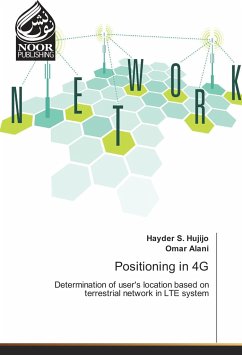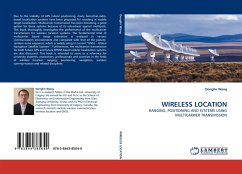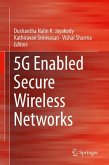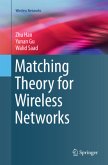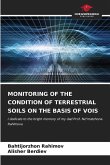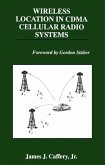The rapid exponential growth in wireless technologies and the need for public safety has led to increasing demand for location based services. Clearly, a great deal of attention has been given by both academic research and commercial enterprise to find a method that deals with a user's position with high accuracy. Terrestrial cellular networks can offer acceptable position estimation for users that can meet the statutory requirements set by the Federal Communications Commission (FCC), 100m (67%) and 300m (90%) in case of network-based positioning, for safety regulations, such as E-911. This is especially the case, with the emergence of third generation partnership project (3GPP) long term evolution (LTE) that can achieve good accuracy, since it provides excellent coverage, especially in urban and indoor environments. A comparative study between Radio Frequency Pattern Matching (RFPM) method and two other existing methods (OTDOA and Enhanced Cell ID using AOA) has been achieved successfully. From the final results, the RFPM method has shown better performance, from the viewpoints of accuracy, simplicity and deployment cost.
Hinweis: Dieser Artikel kann nur an eine deutsche Lieferadresse ausgeliefert werden.
Hinweis: Dieser Artikel kann nur an eine deutsche Lieferadresse ausgeliefert werden.

